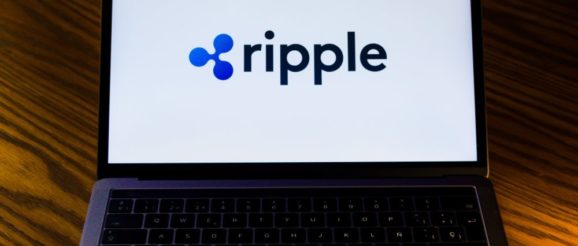Bank of America: Ripple is an “innovation”

A document released by Bank of America earlier this year has received traction on Twitter in recent days.
The document, which described Ripple as an “innovation example”, was posted on the social networking site.
It dates back to September of this year but has not yet been widely circulated.
Ripple is a blockchain-powered payments solution designed for use by banks, payment providers, digital asset exchanges and more.
It has been adopted by a wide range of organisations, including corporations in the financial services sector.
According to the document, which was posted by a Twitter account called BankXRP, Bank of America describes Ripple as a way of solving perceived problems with correspondent banking in the cross border payments world.
“Ripple’s distributed ledger solution remedies legacy correspondent banking infrastructure challenges and provides bi‐directional messaging to enhance payment tracking, data transmission, and enables enhanced certainty in settlement”, the document reads.
In an infographic snapshot posted to the BankXRP page, there was a long list of “potential benefits”.
These included Ripple’s capacity for a “simplified correspondent banking model” as well as “transparency in payments”, “potential U.S. liquidities provider”, and “reduced investigation & repairs”.
It also draws an interesting distinction between the way Ripple is used today and the ways in which it could be used in the future.
Today’s version of Ripple is described as a “linear model”, with the originator at one end of the scale and moving through various phases before it gets to the beneficiary.
These phases include correspondent banks at each stage of the process.
However, according to Bank of America, there may be scope for Ripple to enjoy a “simultaneous settlement” process in the future.
This centres around all participants, including market makers, feeding into the same distributed ledger technology in order to facilitate a more efficient transaction from the originator to the beneficiary.
The post on Twitter received a lot of traction when it was released.
There were over 400 “likes” on the tweet, while there were also several other comments underneath responding to the news.
Elsewhere in the document, which is titled “RPA, ML, API, DLT: Learning to appreciate alphabet soup”, blockchain was described in further positive terms as it relates to cross border payments.
It was described as offering the ability to “transfer payment across currencies almost instantly at lower costs” and to provide “access to unbanked and remote areas”.
It also touched on a security dimension, calling blockchain a chance to “create [an] audible source of info, shared & verified across network of organizations”.
To find out some more information about the online money transfer world and how all the different facets of it are perceived, check out our magazine pages.
